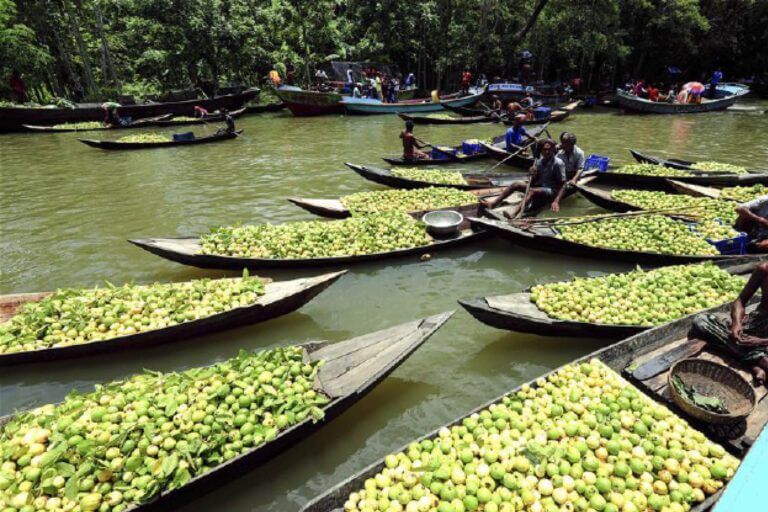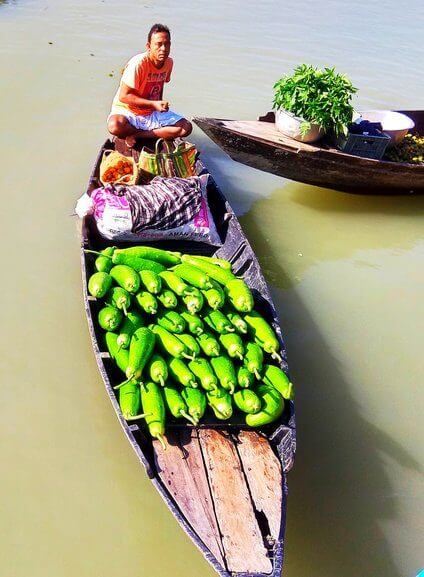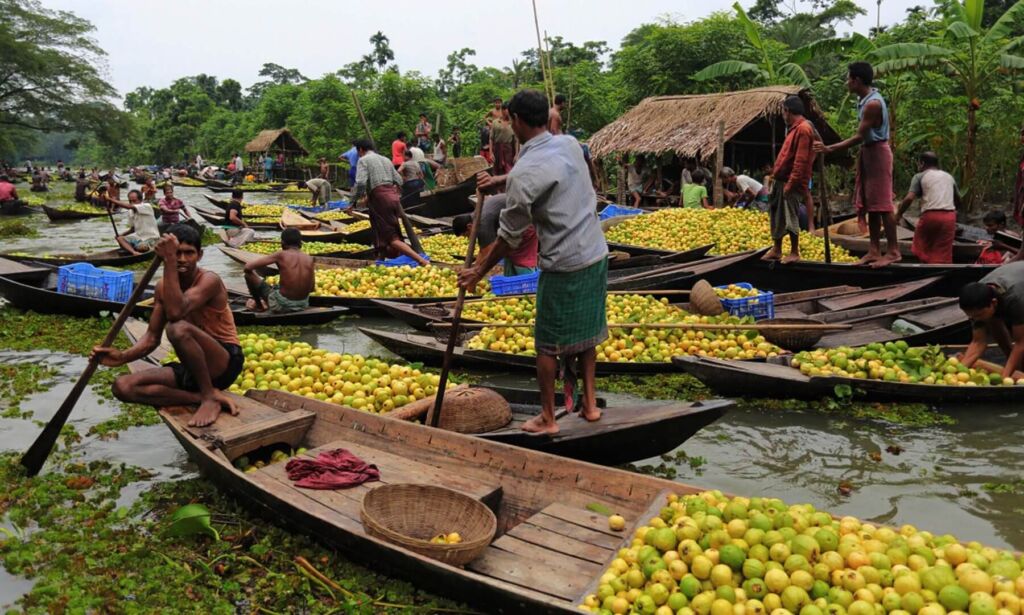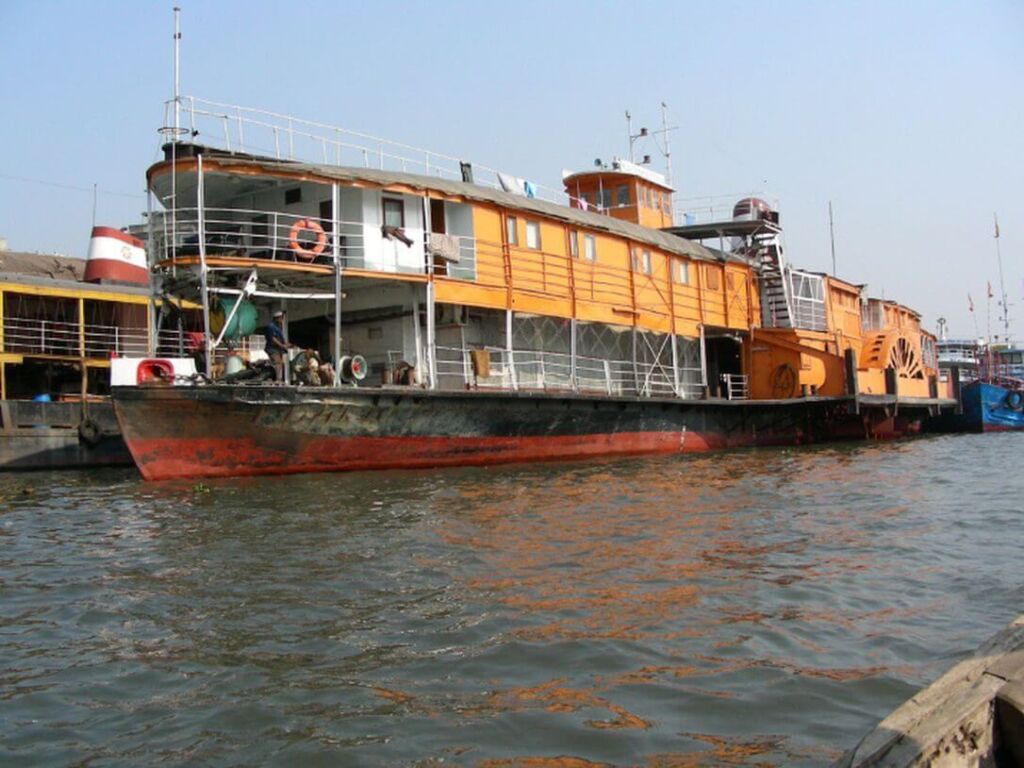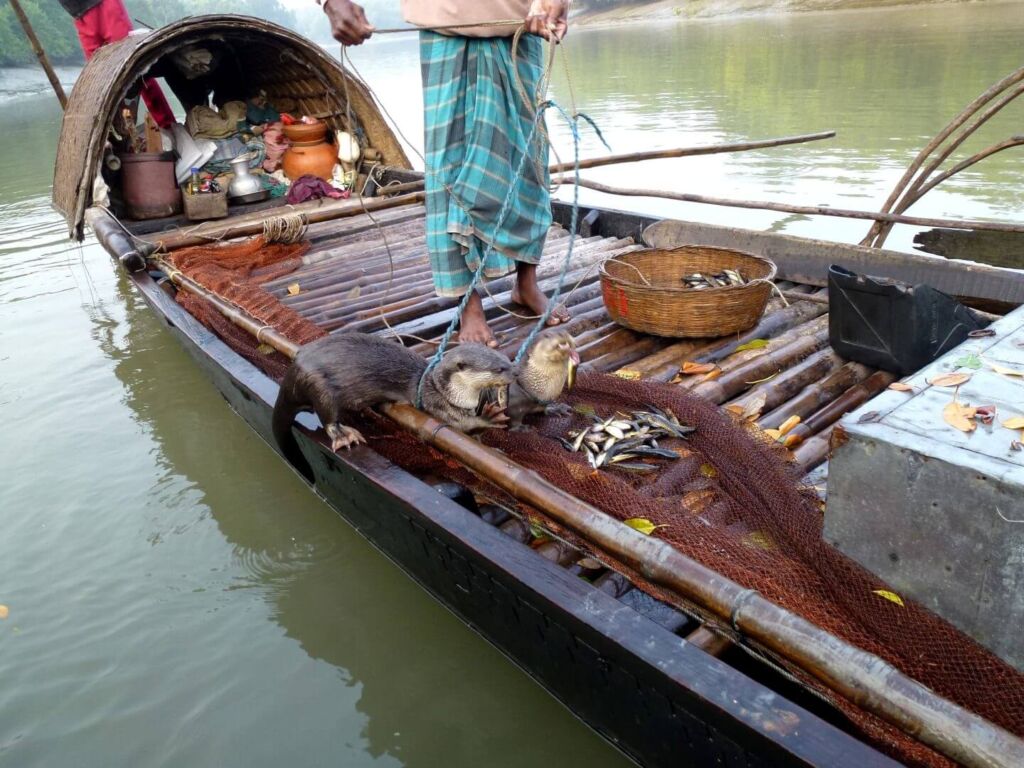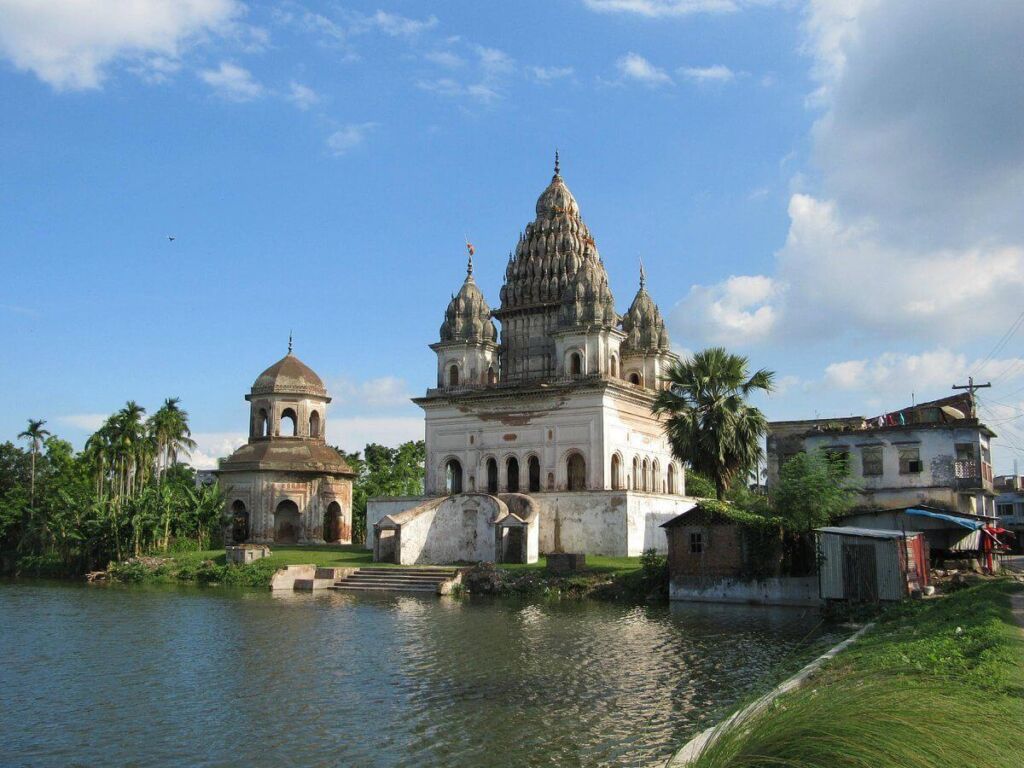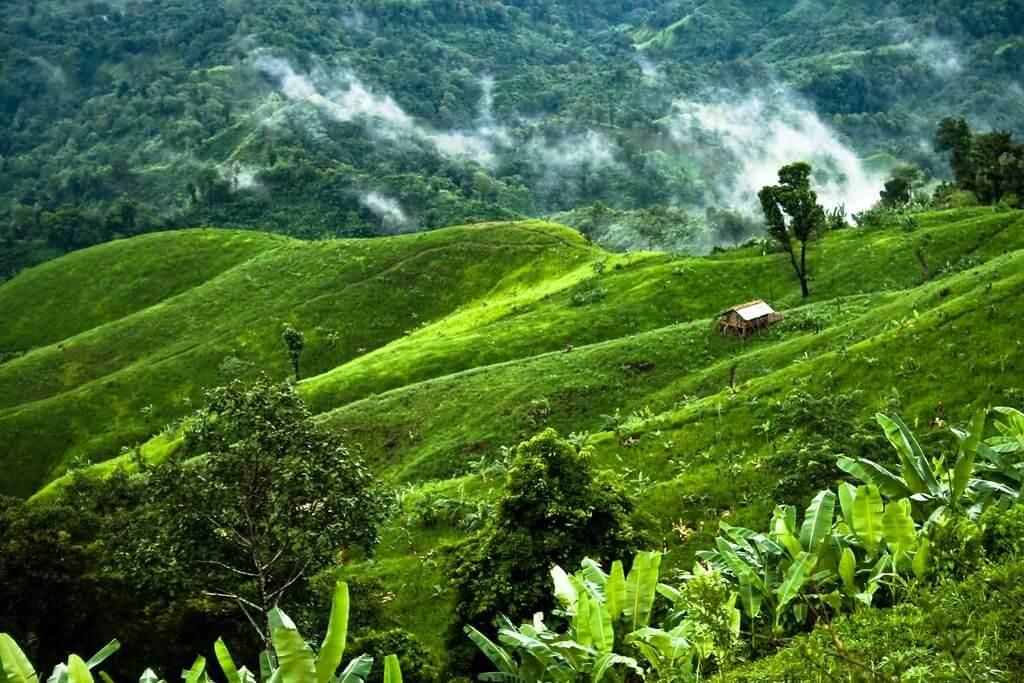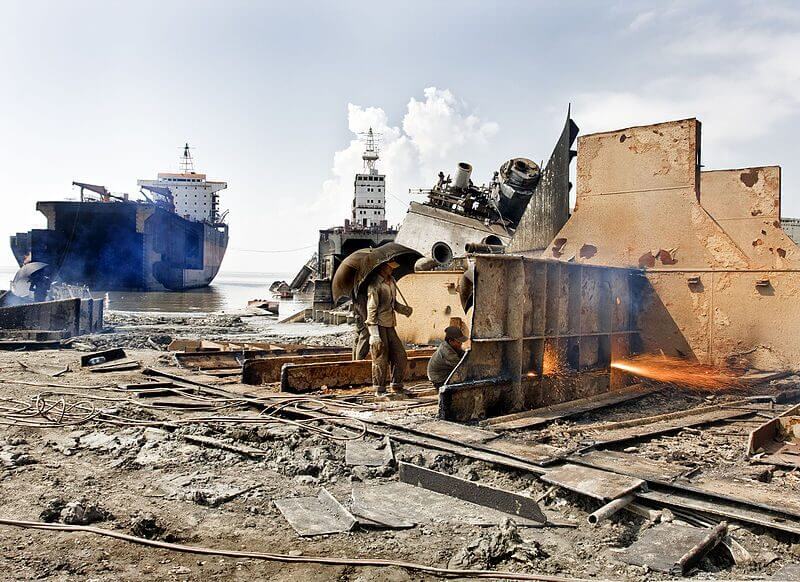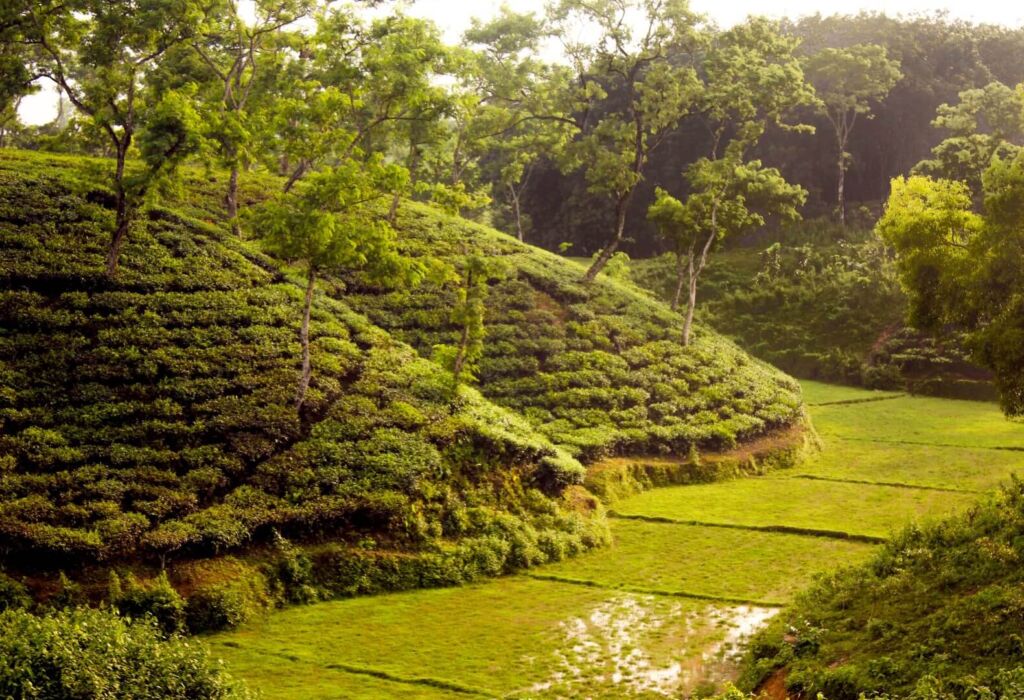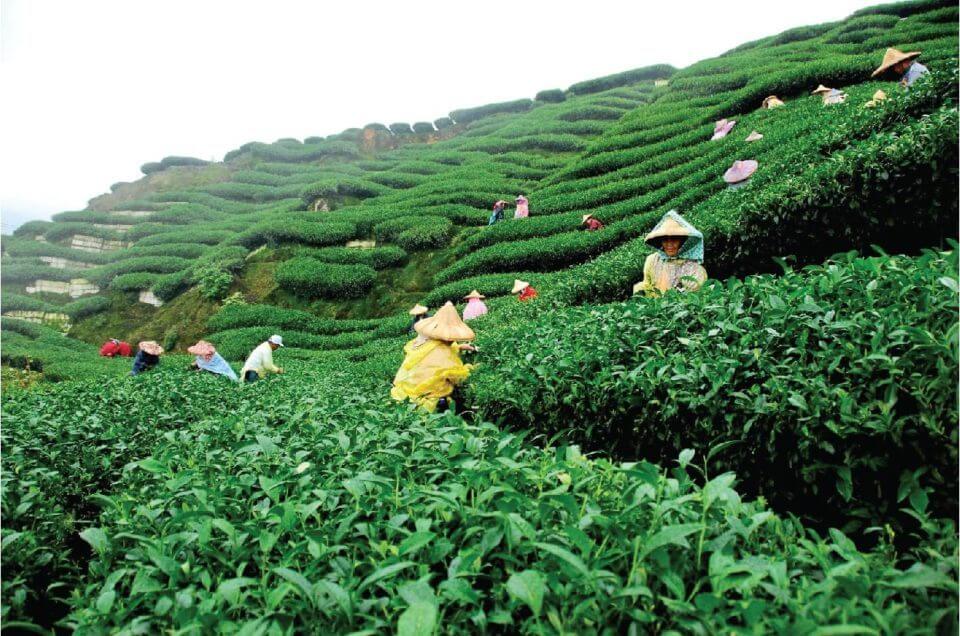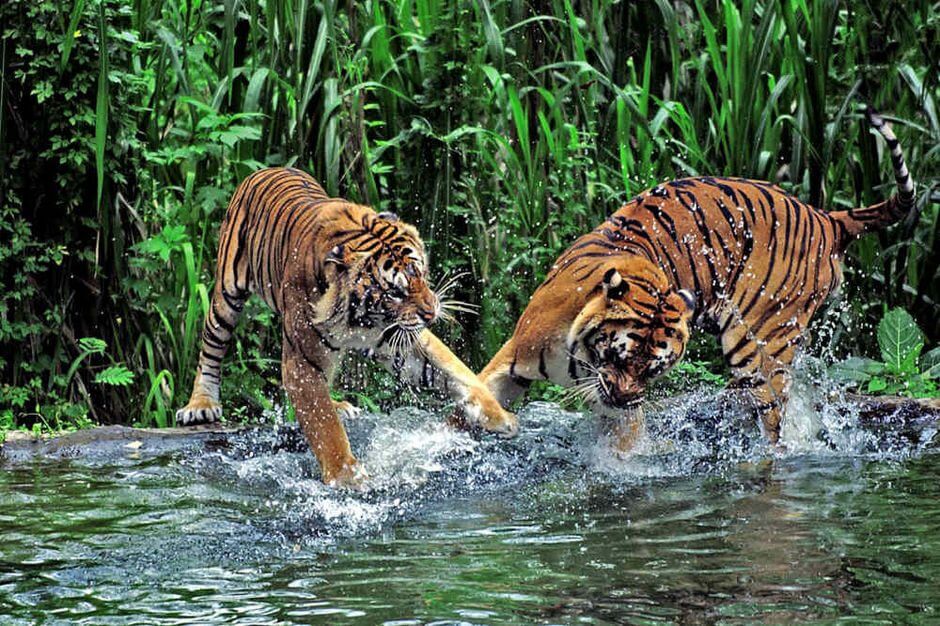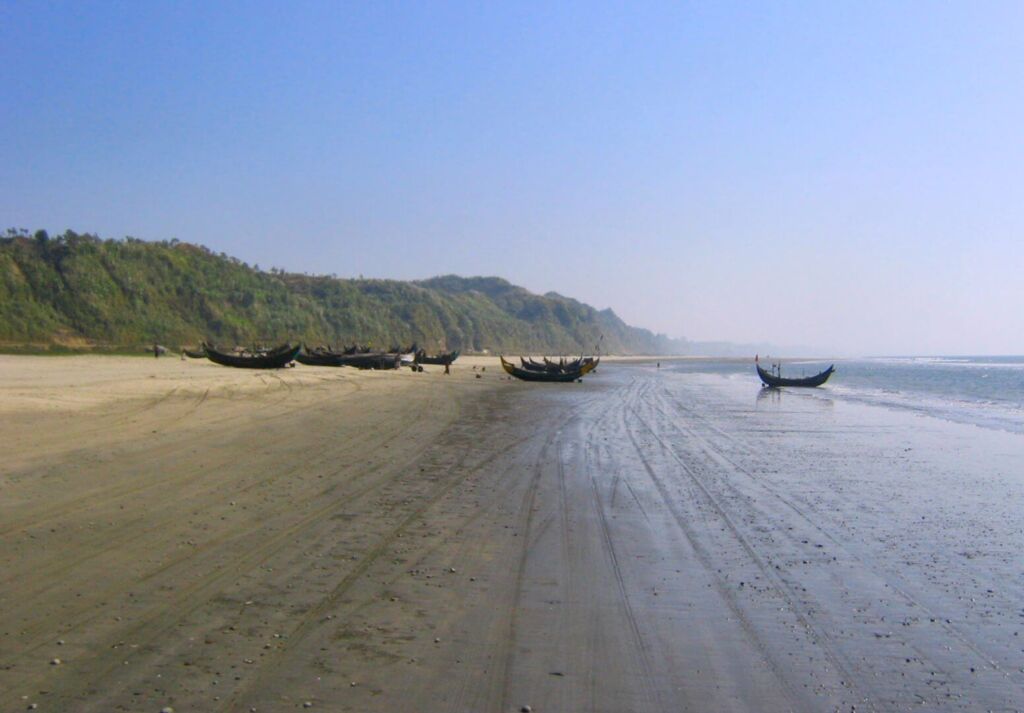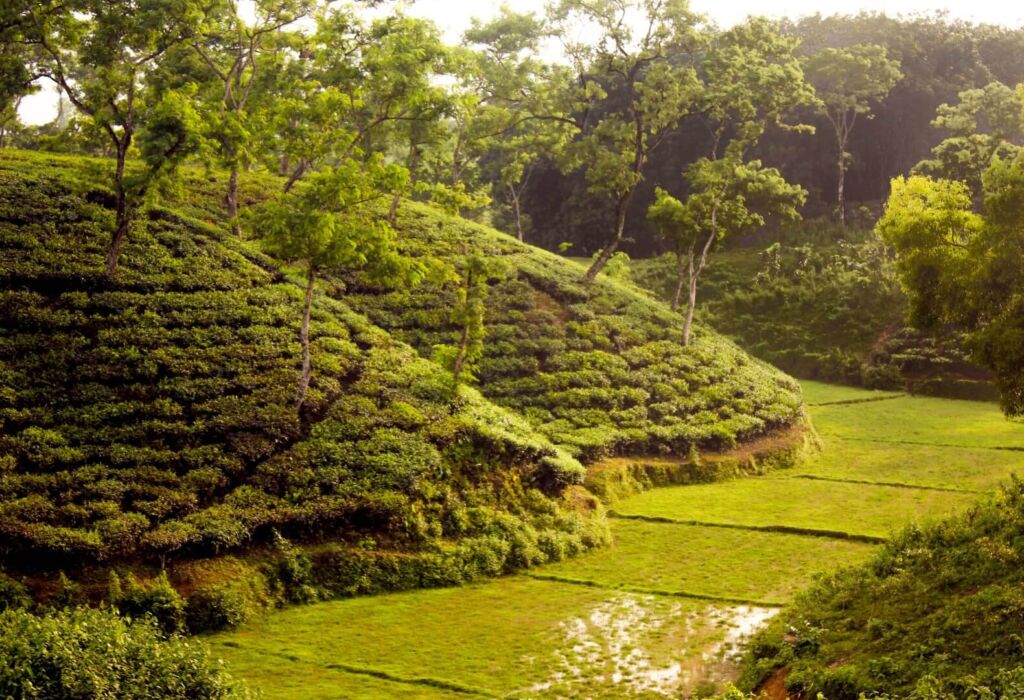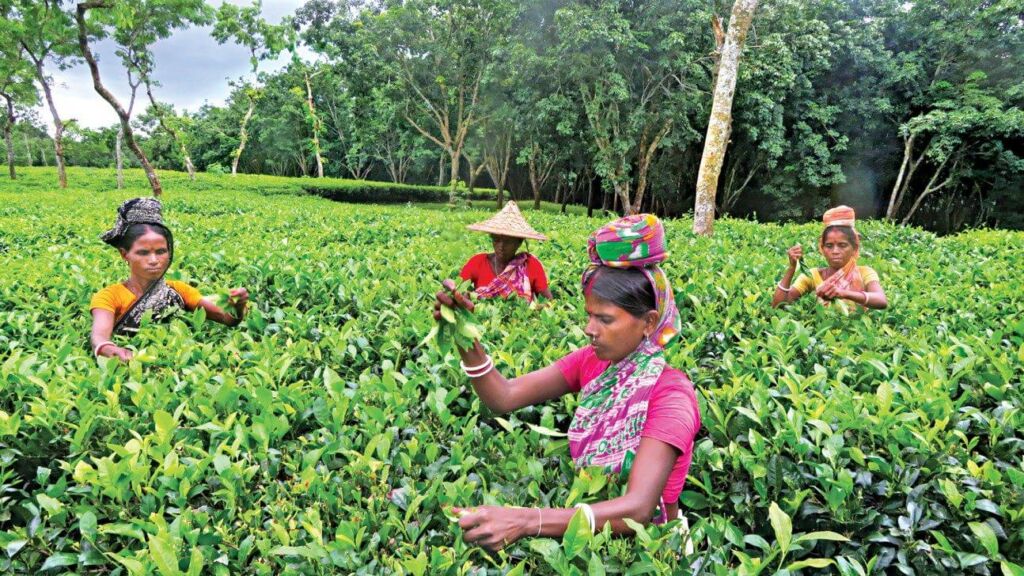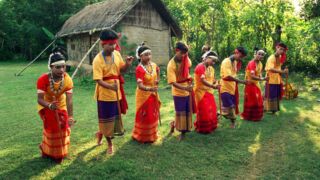Meet the people of Bangladesh on this adventurous and varied journey through Bangladesh. Visit the hill tribes in Chittagong, take a trip by radar boat, visit floating markets and experience the hectic pace of Dhaka, the rickshaw capital of the world and go back in time to the countryside. You will visit the most famous monuments of the country, but the central point is an encounter with the many peoples of the country. You will visit local markets, the villages where people live and take walks in the countryside.
Day 1 Dhaka
Day 2 Tangail
Day 3 Rangpur
Day 4 Rajshahi
Day 5 Rajshahi
Day 6 Santal tribal village and Gaur
Day 7 Kustia
Day 8 Bagerhat
Day 9 Steamboat to Barisal
Day 10 Barisal
Day 11 Sreemangal
Day 12 Srimongal: Tribal Tour and Bike Tour
Day 13 Rangamati
Day 14 Bandarban
Day 15 Bandarban
Day 16 Cox’ Bazar
Day 17 Saint Martin
Day 18 Saint Martin
Day 19 Sonargaon
Day 20 Departure
Day 1 Dhaka
Today is your first acquaintance with this busy capital. The experience of visiting Dhaka, the capital of Bangladesh, is overwhelming. What a city, love it and hate it, and that at the same time. You stand in traffic for hours, but once in the old town, you are amazed. Welcome to the “Rickshaw Capital of the World”. Four hundred thousand of them are in Dhaka alone. Of course you will also take a trip by rickshaw through the old town today, there is no better way to explore the city. So much happening, so much street life, so many street vendors, so many shops and above all; a lot of people who make their way through the narrow alleys of this overwhelming city. During this city excursion you will also take a boat trip on the Buriganga River, visit the Ahsan Manzil Palace, Hindu Street, the Armenian Church and the New Market.
Day 2 Tangail
In the morning we’ll visit the interesting Kawran Bazar; a special market of sellers sitting on the railway. Afterwards, we will see the modern architecture of the Bangladesh World Parliament Building and visit the National Martyrs’ Monument. In the afternoon we’ll leave the busy city and travel across the countryside, along several rivers to the northwest of the country. We will visit the village of Tangail, where we will visit the beautiful Bengali terracotta Atia Mosque, built in the year 1610 AD.
Day 3 Rangpur
Today we’ll explore Ranpur and visit the longest bridge over the Brahmaputra River with a stop at the bridge for a photo break and a visit to a local market or other interesting sights. Once we arrive in Rangpur, we will visit the beautiful British architecture of the Taj Haat Palace. Then you’ll have the rest of the day off.
Day 4 Rangpur
In the morning we’re heading to the Dinajpur district; one of the oldest districts in the area heavily influenced by Hinduism. Here you will find one of the most special Hindu temples in the country; the Kantanagar Temple, built in the 18th century by the Maharaja (“Emperor”) of Dinajpur. The temple is one of the finest examples of the terracotta architecture that was so common in Bangladesh. The walls of the complex have beautiful images of gods, people, beasts and floral motifs and tell the story of Ramayana and Mahabharata. The makers had a special fantasy resulting in special sculpture. We’ll then continue to Joypurath for a stop for lunch. Close to this temple is also the Nayabad mosque, built later in the 18th century. After you have finished looking at the Kantanagar temple, we will visit this mosque and the surrounding village. Afterwards you will be brought back to Ranpur where you can stroll around the Bengali markets and if there is still time to Dinajpur Palace.
Day 5 Rajshahi
Today we leave Rangpur and head towards Rajshahi. On the way we visit one of the cultural highlights in northwestern Bangladesh: the UNESCO-protected Buddhist temple complex of Paharpur. This Buddhist complex dates back to the time of the Pala dynasty (7th to 12th century). The ruin complex is beautiful and peaceful in a rural environment and was the largest Buddhist building south of the Himalayas and is larger than, for example, the Borobudur complex in Indonesia. You will visit the area and the museum of Paharpur. After your visit to Paharpur, we continue our journey towards Rajshahi, an important city for Bengali silk production, on the border with India. At the end of the afternoon we watch the beautiful sunset at the Ganges River and also visit the silk factory, where you can get a closer look at the process from caterpillar to silk. At the end of the day we’ll arrive in Rajshahi.
Day 6 Santal tribal village and Gaur
Today we’ll explore the area around Rajshahi. First you will visit the tribal village of Santal, one of the oldest and largest indigenous communities of north west Bangladesh. You will also have the opportunity to admire the most beautiful Islamic Architecture: the mosque of Choto Sona, the Darasbari mosque, the Madrassah and the Khonia Dighji mosque. On our way back to Rajshahi we can make another stop at the local market.
Day 7 Kustia
Today we’ll travel to Kustia. On the way we will visit the beautiful temple complex of Putia. Here you will board a rickshaw and visit the Govinda and Shiva temples, before continuing to Kustia. Once here we will visit the white shrine built around the grave of the Bengali musician and poet Lalon Shah, one of the most famous mystical personalities in Bangladesh.
Day 8 Bagerhat
Today we are going to Khulna. On our way to Khulna we will make another stop at Bagerhat. This town, which is protected by UNESCO, has several special mosques from the Middle Ages. The most special and most beautiful is the so-called ’60-domed mosque’; this Shai Gumbad mosque actually has 77 domes and looks like a large fortress. You will also visit the mausoleum of Khan Jahan Ali and several other 15th century mosques such as the 9-domed mosque and smaller 1-dome mosques. The mosques are located in a beautiful rural area and because there are many pilgrims, there is always something to do. Then we will take a rickshaw ride to see an interesting Hindu village. We’ll spend the night in Khulna.
Day 9 Barisal by Rocketsteamer
Today we board the famous Rocket steamer to Barisal. All day long you can enjoy the rustic life around the river, while you imagine yourself a century back on this nostalgic boat. What a peace, the boat slides slowly through the water, the landscape is green and tropical, in the distance people work the rice fields, here and there you see men carrying stones at the many brick factories, egrets fly over. Who knows, you might even spot freshwater dolphins. You can also explore the boat itself. There is just as much to see on board, with its many passengers and vendors, as there is in the surrounding landscape. In the afternoon you can have lunch in the ‘dining room’, a long dining table that invites you to be included in a film about life in the roaring twenties. You will arrive in Barisal around 6 pm. Once here you can admire the boats that are about to leave for Dhaka. You will be taken to your hotel.
Day 10 Barisal
After breakfast we’ll explore the backwaters, a labyrinth of canals, rivers and streams. There are many villages, floating markets and the whole area is full of life. It is somewhat similar to the Kerala backwaters in South India, but without tourists! During your boat trip you will make a stop in a floating tea house for a cup of tea. You will be out and about all morning, discovering new places all the time. After the boat trip you will board a van that will show you around the town of Barisal. You will see the old town, the bright red Oxford Church and several local street food spots.
Day 11 Srimangal
Today you will be transferred to the domestic airport of Barisal where you will take the morning flight to Dhaka. Once you have arrived in Dhaka you will travel by car to the Bengali capital of tea: Srimangal, a city beautifully situated in the middle of hills. On your way here you will visit several tea plantations and a rice factory to see how the locals grow the crops.
Day 12 Srimangal: Tribal Tour
Today we will discover the surroundings of Srimangal. Besides the tea plantations, the area is rich in beautiful rainforest, wetlands, several villages of tea workers, local schools and indigenous tribes such as the Monipuri and Khasiya tribe. Today we will visit it all.
Day 13 Rangamati
Today on the program: ‘Chittagong Hill Tracts’; a region that is very different from the rest of Bangladesh in terms of landscape and culture. Rangamati, located on the scenic Kaptai Lake, is your destination for today. In the densely vegetated hills live tribal peoples who still live according to the original traditions. Most of these peoples are Buddhist. In Rangamati you can visit some Buddhist temples and monasteries. Early in the morning after breakfast we take the train to Chittagong. The train is a very popular means of transport to reach Chittagong. During your train journey you will cross more than ten districts and countless villages. Enjoy this comfortable ride on the Bengal train. Upon arrival at Sitakunda station, transfer to the car and you will be taken to the world’s fourth largest shipyard. This is a place where (largely illegally) ships are demolished. Here you can see (possibly from a boat) how the gigantic ships are dismantled to reuse the gigantic parts. After this, you will travel further towards the hills of Rangmati, where you can recover from the journey at your hotel.
Day 14 Bandarban
In the morning we will visit Banapura market in Rangamati. It is the largest market in the area and a place where hundreds of boats come from far away to do all their daily shopping on Sunday. After your visit to the local market, we will take a relaxing boat trip on Kaptai Lake and visit some indigenous villages such as Chakma and Tipra tribe. In the afternoon, we’ll continue to Bandarban. On the way we will stop at an indigenous village of the Marma tribe and if there is enough time at the impressive Golden Temple. Overnight in Bandarban.
Day 15 Tribal market
Today we start our day with a visit to the Roma Bazar; the last market between Bangladesh and Myanmar, which starts very early in the morning and ends early again. It is one of the most special markets in Bandarban and is frequented by inhabitants of different tribes. In this market you can buy souvenirs, but also vegetables and other food to support the local population. Later in the day, one of the families of the native tribes will cook with the purchased vegetables. After lunch we will visit the villages of the Tripura, Morung and Bawm tribe. The inhabitants of the Bawm tribe are known for their hand-woven towels, handkerchiefs, shawls, sheets and much more. In the afternoon you can choose to take a nice boat trip on the river or walk through the area. The rest of the day you can rest.
Day 16 Cox’ Bazar
Today we’ll visit the longest uninterrupted beach in the world: Cox’ Bazar! This beautiful beach is known for the Buddhist culture and the indigenous tribe that lives here. Today on your way to the beach you will first visit an indigenous village and the Buddhist temple city of Ramus. You will then be taken to different parts of the beach before being transferred to your hotel. Enjoy the sunset tonight and relax.
Day 17 Saint Martin’s Island
Today we take the boat to Saint Martin’s Island, where you will not believe your eyes when you’ll see the beauty of this island. You have the day off to explore and relax on the island.
Day 18 Cox’ Bazar
Today you will unfortunately leave this paradise island already and we will return to Cox’ Bazar in the afternoon.
Day 19 Dhaka
Today we’ll take a flight from Cox’ Bazar to Dhaka. From here you will drive directly to the old capital of the Bengal Empire (13th-17th century): Sonargaon, the ‘Golden City’. Along the way you will make a stop in the village of Jamdani, which is known for its weaving skills. We’ll then continue to Sonargaon. The city still has some fantastic and monumental buildings from this time. We view the former royal palace and walk through the old main street. It is not difficult to see the ancient wealth of this city through the dilapidated buildings. In the evening you will return to Dhaka where you will spend your last evening in Bangladesh and where a fancy dinner awaits you.
Day 20 Dhaka – Departure
Today you will be transferred to the international airport where you will take your flight back home.


